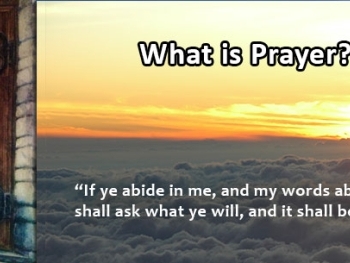The Bible contains several significant covenants made by God with humanity throughout history. Each covenant represents a divine agreement, revealing God's character, purposes, and relationship with His people. Here are some key covenants and their significance:
- Covenant with Noah (Genesis 9:8-17): After the flood, God established a covenant with Noah and all living creatures, promising never to destroy the earth by flood again. The sign of this covenant was the rainbow, a reminder of God's faithfulness and enduring love. This covenant highlights God's commitment to preserving and sustaining His creation.
- Covenant with Abraham (Genesis 12:1-3, 15:1-21): God made a covenant with Abraham, promising to bless him, make him the father of many nations, and bless all the nations through his offspring. The sign of this covenant was circumcision. This covenant demonstrates God's faithfulness, His plan for redemption through Abraham's descendants (particularly Jesus Christ), and the establishment of the people of Israel.
- Covenant with Moses (Exodus 19-24): God made a covenant with the Israelites through Moses, giving them the Ten Commandments and other laws. This covenant outlined the terms of their relationship with God, providing guidance for righteous living and offering forgiveness through sacrificial rituals. The covenant with Moses emphasizes the importance of obedience to God's commandments and the establishment of the Mosaic law.
- Covenant with David (2 Samuel 7:12-16): God made a covenant with David, promising that his descendants would rule forever and that the Messiah would come from his lineage. This covenant highlights God's faithfulness to His promises and His plan for the eternal kingship of Jesus Christ.
- New Covenant in Jesus Christ (Jeremiah 31:31-34, Luke 22:20): Jesus inaugurated the New Covenant through His death and resurrection. This covenant fulfills and surpasses the previous covenants, offering forgiveness of sins, eternal life, and a personal relationship with God through faith in Jesus Christ. The sign of this covenant is the communion, representing the body and blood of Jesus. The New Covenant demonstrates God's grace, love, and redemption for all humanity.
These covenants reveal God's faithfulness, His desire for a relationship with His people, and His plan for salvation. They progressively unfold God's ultimate covenantal plan, which finds its fulfillment in Jesus Christ. Through these covenants, we see God's unchanging character, His desire for righteousness, and His redemptive purposes for humanity. They provide a framework for understanding the biblical narrative, guiding our interpretation of God's Word, and illuminating the significance of Jesus as the ultimate covenant-keeper and mediator.





